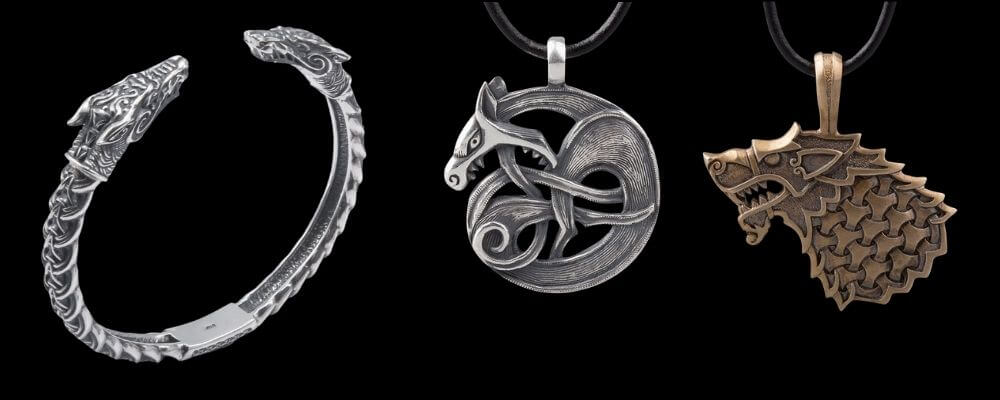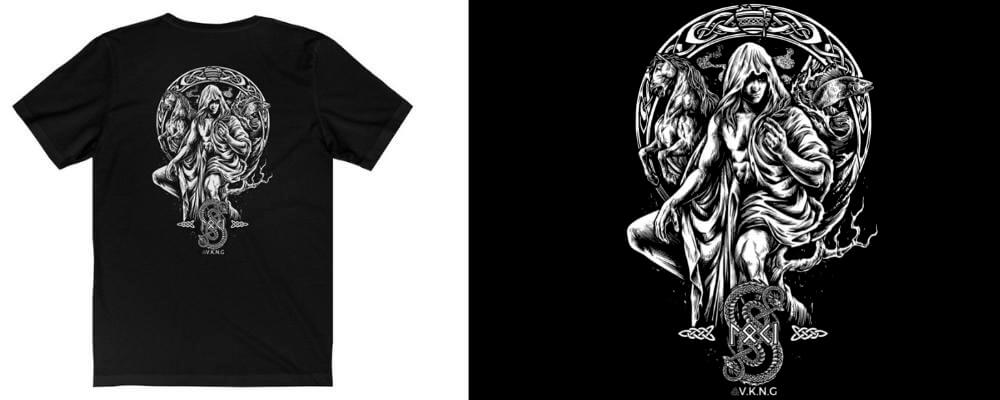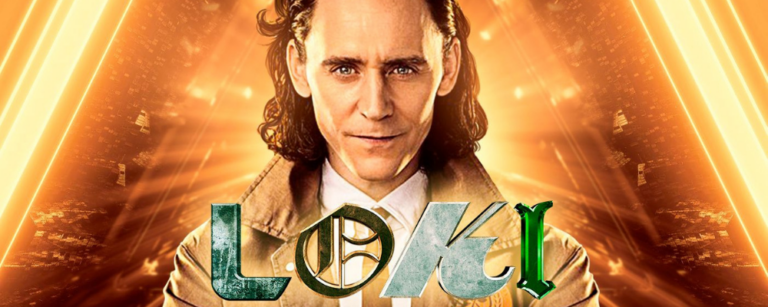With the launch of the new series on Disney Plus, our favorite Norse trickster Loki is more popular than ever.
But how much does the Loki that we encounter in the Marvel universe line up with the giant described in Norse myth and legend?
Let’s take a look at six factors and see where Marvel has made fundamental changes to Loki, and where they might not stick strictly to the facts, but remain true to the heart of the Loki portrayed in the Viking sources.
1. Origins
The major thing that Marvel gets, perhaps unforgivably, wrong about Loki is his origins.
In Norse mythology, Loki is not one of the Asgardian gods. He is rather a giant (Jotunn), who lives in Asgard alongside the gods. This part Marvel gets right.
But Marvel characterizes Loki as an adopted son of Odin, taken in by Odin when he was a baby, and therefore the adopted brother of Thor. Not only is this not accurate, it also confuses the relationships between the gods.
The Loki of legend made some kind of blood brotherhood pact with Odin and the two agreed to always break bread together. This was a conscious pact entered into both Odin and Loki.
Therefore, the kind of brotherly relationships that we see between Thor and Loki in the Marvel movies would be more appropriately ascribed to Odin and Loki.
2. Family Members
The change of Loki’s status in Marvel from the adopted brother of Odin to the adopted brother of Thor undermines all of the family relationships ascribed to Loki in the comic and movie universe.
In Marvel Loki is seen very much as a “lone-wolf”, without no particular familiar attachments beyond Odin and Thor.
But the reality is that Loki played an important role in the Norse mythological family tree.
Loki’s first wife seems to have been another giant, Angrboda, who was feared and not accepted by the Aesir gods. Together they had three children. The mighty wolf Fenrir, the great serpent Jormungandr, and the ruler of the underworld Hel – so the Hel that we see in Marvel should be Loki’s daughter, and not his sister.
The gods so feared the offspring of this “monstrous” union of the two giants that they “cast out” the three children. Fenrir was tricked and chained to a rock on a deserted island. Jormungandr was thrown into the waters surrounding Midgard, the world of men, where he was able to grow to an enormous size. Hel was sent to the underworld, as ruler, but still banished.

Loki has a second wife, Sigyn, who is one of the Aesir gods and is the goddess of victory. Together they also have two children, Narfi and Vali. These children also suffered for the crime of being Loki’s sons, but more on that shortly.
Loki had one more child that we know about, the eight-legged steed Sleipnir, but this child is important for other reasons.
3. Shape shifter
In the Marvel movies we see that Loki is a shapeshifter, able to take on the guise of Odin himself among other things. This is a power ascribed to Loki in legend.
The most famous Loki shapeshifting story relates to a time that, in order to help the gods falsely win a bargain and not have to pay a builder for creating the fortifications around Asgard, Loki shapeshifted into a beautiful mare.
He did this in order to distract the mighty stallion Svathilfari that was helping the builder complete the building task too quickly.
It is clear that Loki, in the form of the mare, used sexual wiles to distract the stallion, as not long later Loki gave birth to the eight-legged horse Sleipnir. Loki then gave the horse to Odin as a gift.
4. Sexually Fluid
As well as reflecting Loki’s ability to shapeshift, this story also provides justification for the suggestion in the Marvel universe that Loki is open and fluid in his sexual preferences. Spoiler Alert! In the series we discover that Loki is bisexual.
Whether the Vikings considered Loki to be bisexual or not is unclear, but there is no evidence to suggest that homosexuality was commonly accepted in the Viking world. No records of any homosexual or lesbian couples survive, and a common insult seems to have been to suggest that a man displayed unmanly behavior.
But, as is the case for many cultures, the LGBTQ history of the Viking world is lost to us, as it was not recorded by the male Christian authors that wrote about the period. Homosexuality must have existed in their world. That it would have been associated with a giant like Loki, who represents chaos and disruption to the normal order of things, seems possible.
5. Enemy or Ally
Throughout the Marvel movies Loki constantly switches between being an antagonist of Thor and an ally.
While the situations portrayed in the Marvel movies aren’t taken from Norse mythology, this constantly changing relationship between Thor and Loki is pretty accurate.
Loki was an ally of the Aesir gods, but he was never able to give up his mischievous ways. Sometimes he would get up to deliberate mischief, like the time he decided to cut off the golden hair of Thor’s wife Sif for no apparent reason. Other times, his mischief seems to be less deliberate, such as when he helped the giants kidnap the goddess Idunn and her apples of youth in order to save himself from being killed.
Regardless of how the mischief started, Loki always seems to be on the side of the gods when it comes to resolving it (at least until the events of Baldur’s death).
Marvel seems to capture this element of Loki lore quite well.
6. Ragnarok
While Loki starts out as a villain in the Thor movies, we then see him travel along a “redemption” arc and fight alongside Thor to try and prevent Ragnarok. But this is a complete inversion of the stories of Norse myth.
According to the old stories, Loki tricks one of the lesser Norse gods into killing Balder, another son of Odin, with the only thing in the universe that could kill him. But, this crime did not mark a turning point for redemption, but rather a complete breakdown of the previously cordial relationship between Loki and the Aesir.
It seems that three of Loki’s children were already imprisoned, but the gods now-imprisoned Loki as well. But this is not before they killed Loki’s two sons with Sigyn. Vali was turned into a wolf and, losing his senses, killed his own brother Narfi, before the eyes of their father.
Narfi’s entrails were then used to tie Loki to a rock with a venomous snake hanging above his head, dripping painful poison onto his body. His wife Sigyn sits there with a bowl to catch the poison, but when she must leave to empty the bowl, the poison touches his skin and he writhes in so much that he causes earthquakes throughout the world.
Far from seeking redemption, at the end of days, Loki and his three children Fenrir, Jormungandr, and Hel all break free from their prisons to take vengeance on the Aesir gods. They are in fact the main players of Ragnarok, responsible for the destruction of the Norse cosmos.
Who Do You Prefer?
So, there you have it, the main differences between the Loki of Marvel and the Loki of myth. Which Loki do you prefer? Do you enjoy seeing Loki redeem himself, or would you like to see him get his vengeance?








